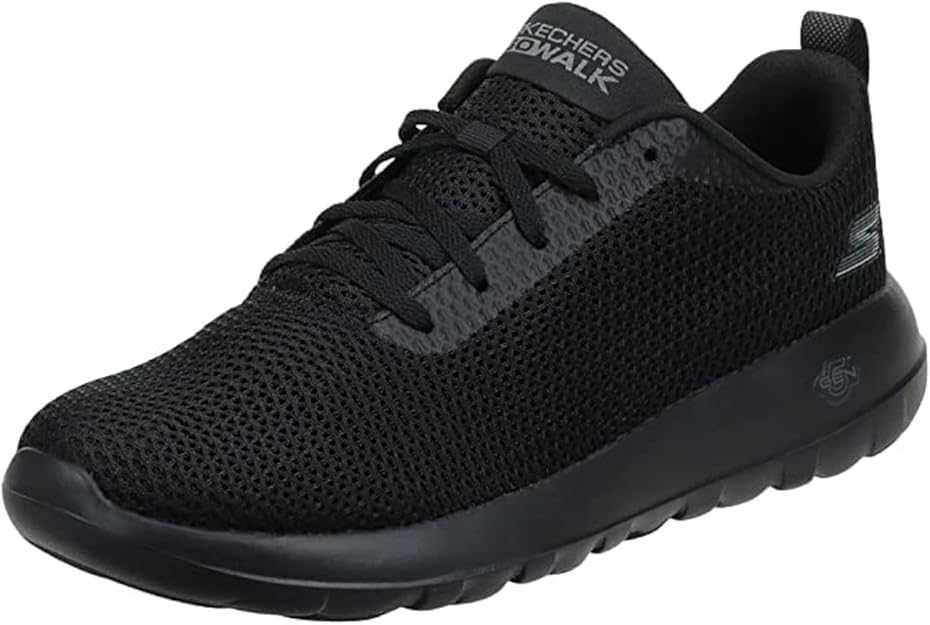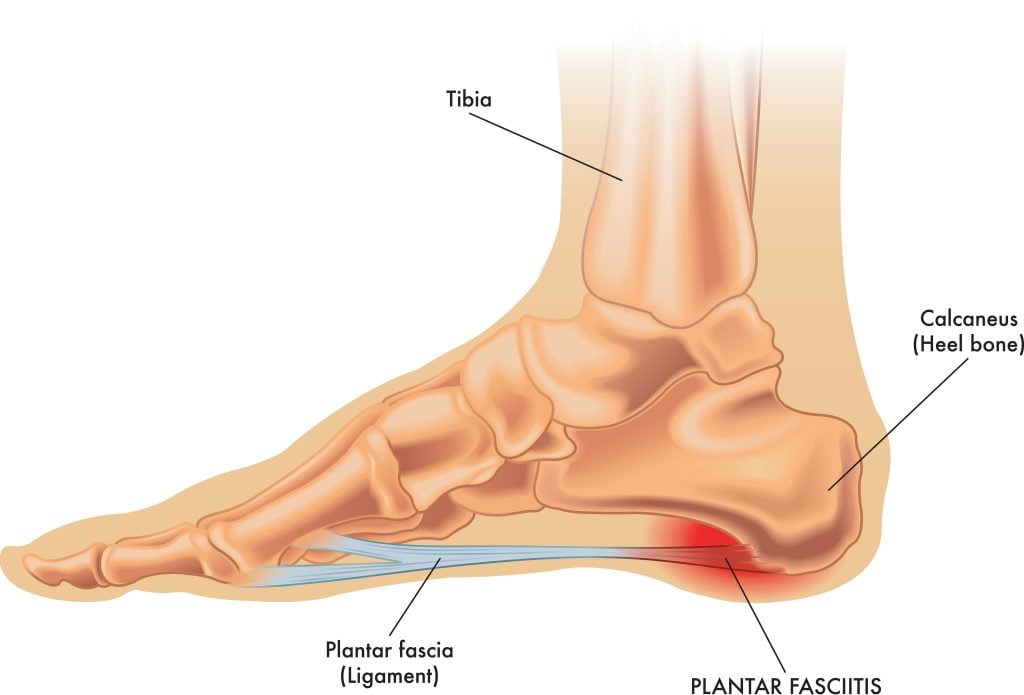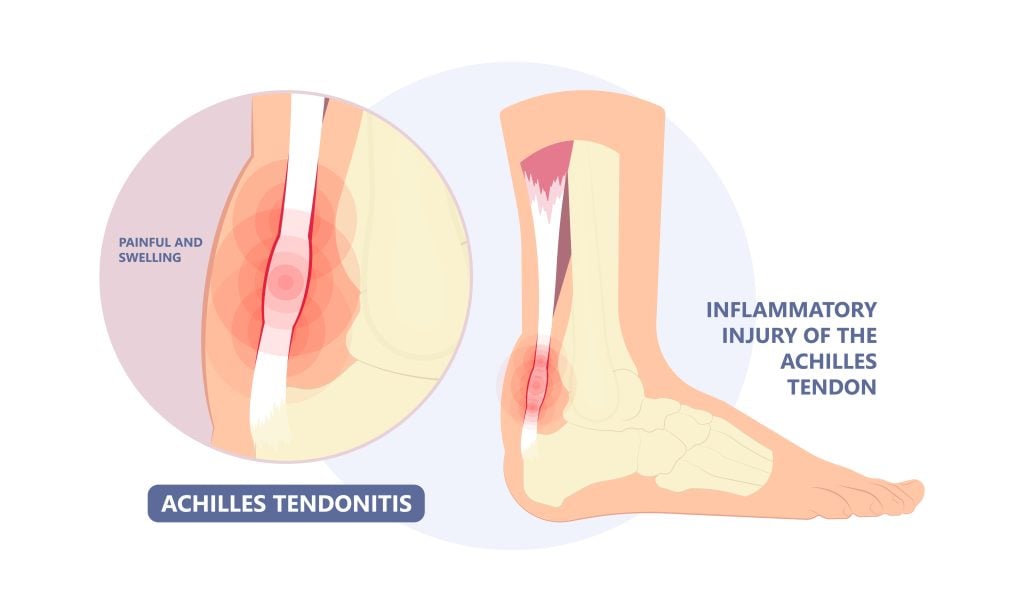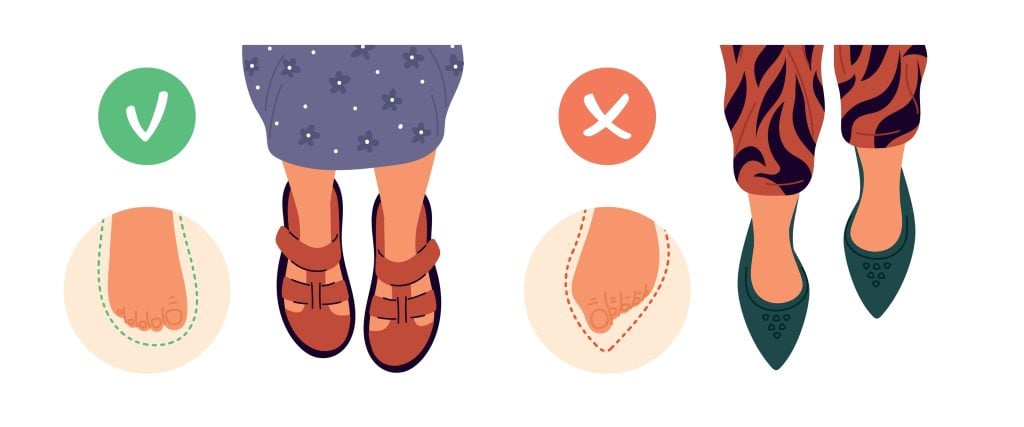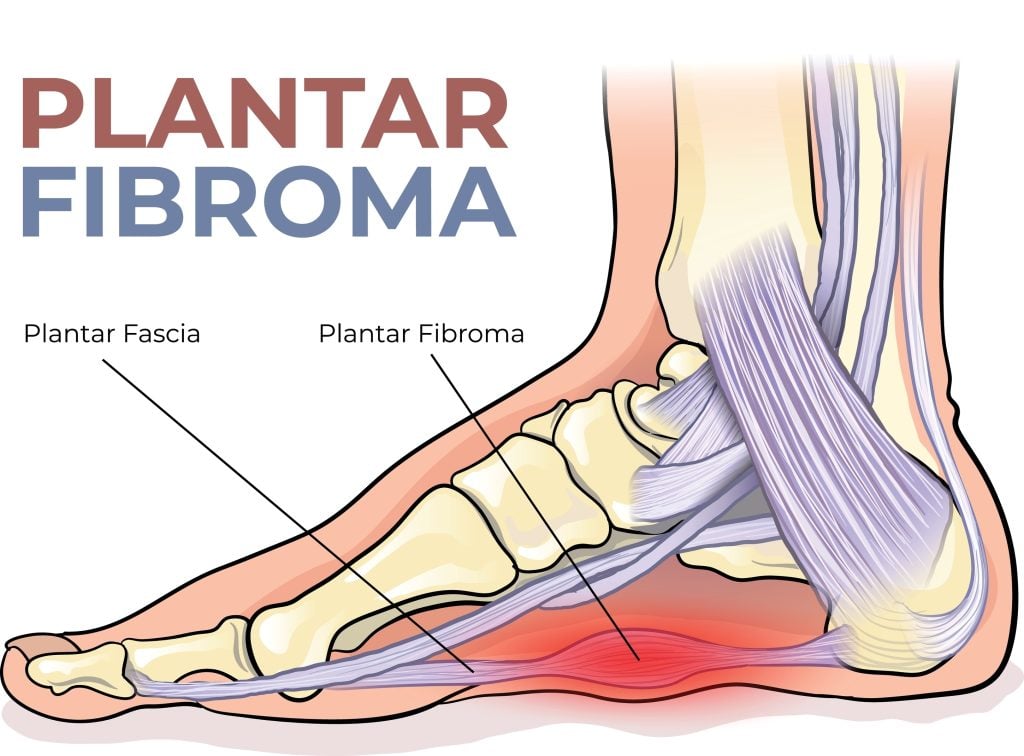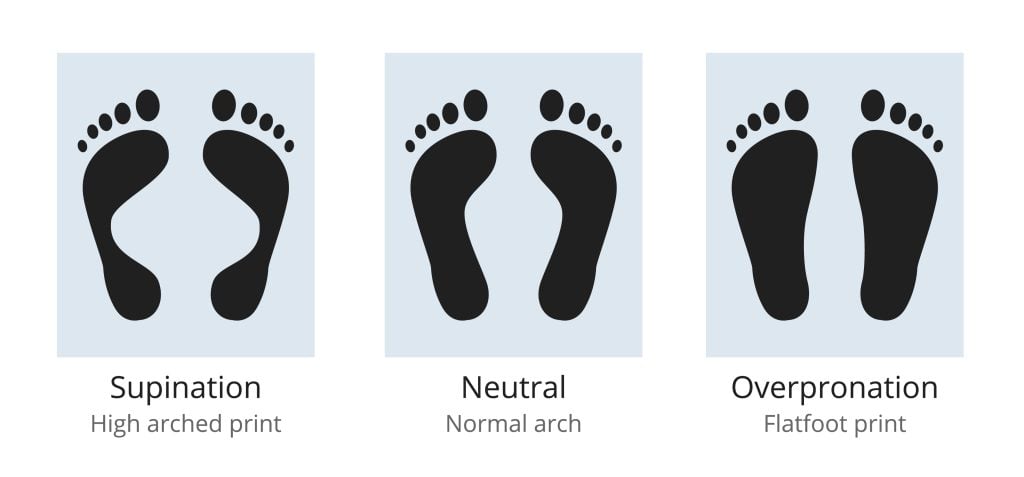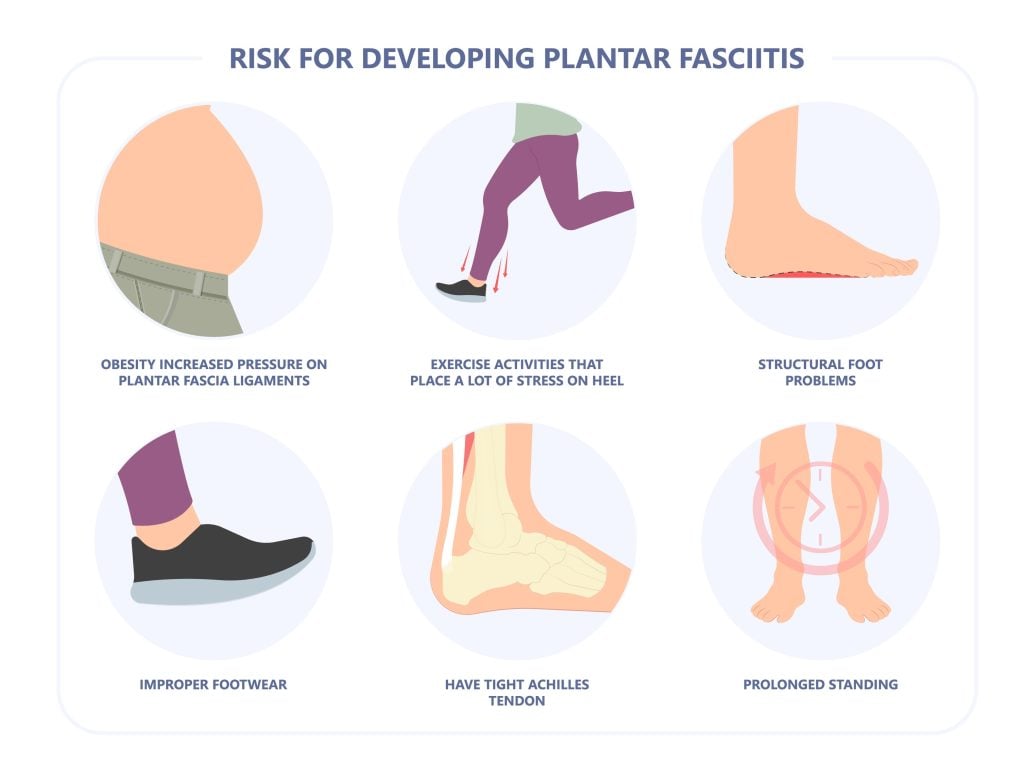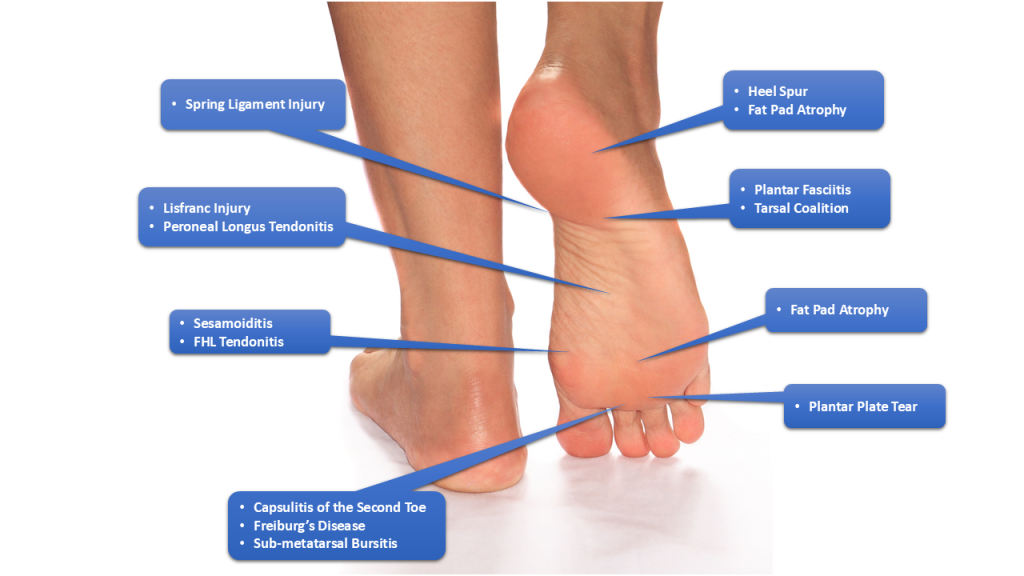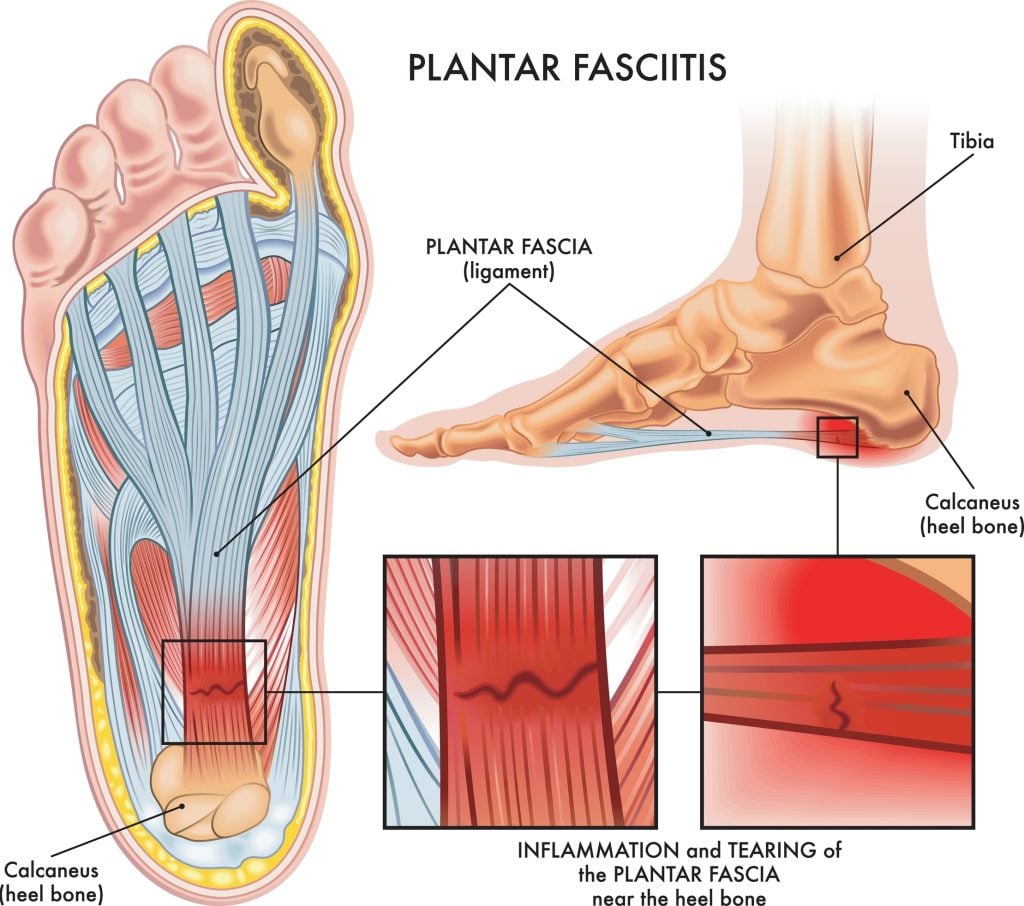You might not know that the perfect walking shoe can greatly improve your posture and reduce joint stress, making every step more enjoyable. As you explore the best options for comfortable walking shoes, reflect on what elements are essential for your needs.
Whether it’s enhanced arch support or cushioned comfort, the right choice can transform your daily walks. With a variety of reputable brands like Skechers and Brooks offering cutting-edge designs, there’s much to ponder beyond just style and color.
So, how do you guarantee a perfect fit that promises to make your walks feel effortless? Let’s discuss further down below!
Best Walking Shoes Key Takeaways
- Look for shoes with exceptional cushioning and arch support to reduce foot pain during use.
- Choose walking shoes made of lightweight, breathable materials like mesh for enhanced comfort.
- Evaluate user feedback on durability to ensure performance reliability over time.
- Consider sleek, modern designs to balance style with function, avoiding bulkiness.
- Compare features and price range to find cost-effective options providing quality and longevity.
If you’re looking for a pair of best walking shoes that excel in both comfort and support, the Skechers Men’s Go Walk Max Effort is your go-to choice. These shoes offer exceptional ease, particularly for long hours spent on hard surfaces, making them perfect if you’re on your feet 6-7 hours daily.
Their lightweight and breathable mesh design guarantees your feet remain comfortable, with excellent cushioning to minimize foot pain. You’ll find the grip reliable, providing stability with every step.
Though the soles’ durability might raise some concerns, they can still offer significant comfort for their lifespan, often lasting 6-12 months with moderate use. Available in extra-wide sizes, these shoes offer a true fit, catering to various foot shapes. Enjoy unparalleled comfort as you navigate your day.
The Skechers Women’s Go Walk Joy Sneaker stands out with its lightweight, slip-on design, making it an excellent choice for anyone prioritizing comfort and ease in everyday footwear. Made with breathable air mesh, these sneakers provide a snug fit and remarkable cushioning that feels like you’re “walking on clouds.”
They’re perfect for casual outings, errands, and light exercise. However, consider ordering a half-size down because they tend to run big. Although they excel in comfort, you might notice limited arch support. Adding orthotic insoles can help if you need extra support.
These versatile sneakers won’t last through rigorous activities but are easy to maintain, staying fresh with simple washes. Choose them for everyday wear when comfort and style are top priorities.
Looking for walking shoes that prioritize comfort and support? New Balance Womens 608 V5 Cross Trainer might be your perfect choice. With super-soft cushioning, a durable rubber outsole, and a snug-fitting suede and mesh upper, these trainers offer exceptional comfort right from the start. You won’t have to break them in, and they’re true to size—ideal for those with foot issues.
The shoes’ high-quality materials guarantee durability, showing minimal wear even after weeks of use. They’re easy to clean, too—simply wipe them with a rag. Versatile in use, you can rely on these best walking shoes whether you’re working in security, kitchens, or engaging in fitness training. While sizing is generally true, consider fit variations depending on your foot shape and shoe color.

You’ll find that Brooks Women’s Adrenaline GTS 23 is an exceptional choice for walkers needing tailored support and comfort. Selecting the right size is essential, with customers recommending either an 8 1/2 Narrow or a 9 Narrow for more sock room, ensuring a snug fit without unwanted slipping. Although initially tight, these shoes break in beautifully over time.
They’re lightweight, boasting impressive comfort and arch support—ideal for those with plantar fasciitis. The design is not only visually appealing but also practical, with breathable fabric keeping your feet cool during long pavement walks. The shoe’s durability stands out, offering value despite the higher price. Be prepared to address shoelace issues, as the laces can be tricky to adjust.
For those seeking both style and comfort in their footwear, Brooks Men’s Ghost Max Cushion shoes are ideal. These striking dark blue shoes balance visual appeal with practicality, making them a great addition to your wardrobe. They’re designed to accommodate wider feet without the usual bulk, maintaining a sleek appearance.
You’ll appreciate the exceptionally soft yet supportive cushioning, which guarantees your feet feel rejuvenated during long days. The insoles provide natural support for flat feet, enhancing comfort whether you’re running or walking. Thanks to their stability features, like a solid square heel, they address common issues like plantar fasciitis.
While a few have had to tweak their size choice, most users find immediate comfort and durability, offering great value at around $99.
The Skechers Gowalk Flex Men’s Slip-On Walking Shoe is a perfect choice for individuals who value ease and comfort in their footwear, especially those with mobility challenges. These shoes are designed with a lightweight, snug fit and offer a hands-free slip-on feature that’s perfect if you’re dealing with mobility issues.
Users rave about their ability to alleviate foot pain, allowing you to stand comfortably for long periods. The shoes are available in a range of sizes, including wide options, ideal if you have specific foot needs like bunions.
Some users suggest choosing a size down for a tighter fit, as the heel might feel loose. Whether worn indoors or outdoors, these shoes are stylish, affordable, and can become a versatile staple in your wardrobe.

If you’re dealing with foot pain or conditions like plantar fasciitis, Brooks Women’s Ghost Max 2 shoes might be your ideal walking companion. They provide exceptional cushioning and arch support, promoting proper foot alignment and reducing strain on your plantar fascia. Imagine walking on clouds with their soft yet supportive insoles and thick soles that offer height and grip, perfect for both walking and running on pavement.
While generally well-received for comfort, be mindful of sizing. Some find that different colorways fit differently, so consider width options for a perfect fit if you have wider feet. These shoes are lightweight, durable, and made from breathable fabric, ideal for long shifts or recovery. Stylish yet functional, they offer appealing aesthetic choices without compromising support.

Looking for walking shoes that seamlessly blend comfort and functionality? The Reebok Men’s Walk Ultra 7 DMX Max Shoe offers a stylish and practical solution. With dependable arch support and non-slip rubber soles, these shoes are perfect for fitness enthusiasts, servers, and anyone on their feet all day.
You’ll love the lightweight design and durable materials of these best walking shoes, though consider going half a size up for a better fit. While many users rave about the comfort, others have found the insoles less supportive and durability a concern.
At around $48, they offer good value, though some have noted issues like squeaking and long laces. It’s always wise to weigh both positive and critical feedback to ascertain these shoes meet your needs.
Factors to Consider When Choosing Walking Shoes
When choosing walking shoes, you’ll want to focus on key factors like comfort and support to guarantee your feet feel great during long walks. Make sure the fit and sizing are right to prevent any discomfort, and consider durability and maintenance to get the most life out of your shoes.
Don’t forget to think about aesthetic and style preferences, as well as balancing price and value to find the perfect pair that meets your needs.
Comfort & Support
Selecting the right walking shoes is vital for guaranteeing both comfort and support during long periods on your feet. Focus on models with cushioned insoles and arch support, as these features considerably reduce foot strain and enhance your walking experience. When your feet feel pampered and supported, you can enjoy your journey without unnecessary aches.
Consider the materials of the shoes too. Breathable options like mesh keep your feet cool and dry, helping to prevent the discomfort associated with moisture build-up. No one wants sweaty feet ruining an otherwise pleasant walk, right?
The weight of your shoes also plays a fundamental role. Lighter shoes reduce fatigue over time, making them ideal for lengthy strolls or when you’re on your feet for hours. Don’t underestimate how much easier a reduced burden on your feet can make your day.
Finally, look for shoes with a durable outsole and solid grip. These qualities are essential, providing stability and preventing slips on various surfaces. Good traction guarantees each step is secure and confident, reducing the risk of falls or discomfort. By prioritizing these features, you’ll find walking shoes that truly support your every step.
Fit & Sizing
Everyone knows that finding the right fit is vital when choosing walking shoes. When a pair fits true to size, you avoid discomfort and enjoy a better walking experience. You might discover that some models run large or small, so trying them on is imperative. If you have wider feet, consider shoes with extra-wide options. This guarantees your feet aren’t constricted, providing the comfort you need for longer walks.
When trying on shoes, wear thicker socks if needed. This can help compensate for designs with limited room in the toe box and across the instep. Feeling snug initially is okay because some shoes break in over time. However, avoid excessive tightness as it might lead to foot pain.
Look for adjustable features in your walking shoes. Laces or straps allow you to customize the fit, making sure your shoes provide the support you need. This adjustability is key to maintaining comfort during use, as it lets you modify the fit to match your foot’s unique shape and support requirements. Remember, the right fit not only boosts comfort but also enhances your overall walking experience.
Durability & Maintenance
Kicking off your search for the perfect walking shoes, durability should be front and center in your decision-making. You’ll find that most walking shoes are crafted to last between six to twelve months before considerably wearing out, particularly the soles. It’s essential to take into account how long you expect your shoes to withstand daily use. Lightweight materials can provide exceptional comfort, though they might wear out faster compared to sturdier alternatives. Selecting shoes made with a blend of breathable mesh and strong construction can enhance their lifespan, making your investment worthwhile.
Maintaining your walking shoes not only extends their lifespan but also promotes better hygiene. A simple yet effective maintenance routine involves cleaning them regularly and allowing them to air dry completely. By doing so, you’re proactively preventing premature sole wear and structural degradation. Prior to purchasing, research and pay close attention to user feedback regarding durability issues. Look out for recurring problems like fast sole wear, squeaking, or structural concerns shortly after use. These insights can guide you in choosing shoes that stand the test of time, keeping your feet comfortable and supported every step of the way.
Aesthetic & Style
While longevity and upkeep are important in your quest for the ideal walking shoes, it’s equally important to think about how they look and feel on your feet. Aesthetic appeal plays a significant role in your overall satisfaction, influencing how confident and comfortable you feel. Many people like you prioritize finding shoes that match not only in performance but also in style, ensuring that they enhance the attractiveness of your wardrobe.
You might find that a shoe’s design can make or break your decision. While some folks lean towards maximum performance, it’s perfectly understandable if you prioritize a more fashionable choice. Luckily, walking shoes come in a variety of colors and styles that cater to different tastes and current fashion trends. You can easily find a pair that complements your personal style and outfits.
If you’re someone who dislikes the bulkier look of traditional walking shoes, there are sleek and modern options available. These stylish designs not only look great but also feel less cumbersome, giving them an aesthetic boost. It’s all about finding the right balance where your walking shoes don’t just serve as footwear but also as a fashion statement.
Price & Value
When considering the price and value of walking shoes, it’s important to balance budget constraints with your need for comfort and durability. Prices for quality walking shoes can vary widely, ranging from $48 to over $100. By comparing features and comfort, you can assess the value they offer. It’s essential to remember that the perceived value often aligns with comfort and durability. Many people are willing to invest more in shoes that provide long-lasting support and alleviate foot pain.
Fluctuating prices can be frustrating, impacting your purchasing decisions. To navigate this, look for deals and don’t hesitate to buy when you find a pair that combines both quality and affordability. Buying multiple pairs can be a smart, cost-effective strategy. This allows you to rotate your shoes, extending their lifespan and gradually moving older pairs to casual use.
Customers repeatedly express satisfaction with durable and comfortable shoes, suggesting that higher-quality options might offer better long-term value. Investing wisely in walking shoes can lead to improved foot health and comfort, making it worth taking the time to evaluate all factors before making your decision.
Summing It All Up...
In your quest for the perfect walking shoes, prioritize comfort, prioritize style, and prioritize support. Choose shoes that make each step feel light, each stride feel stable, and each outing feel enjoyable.
Trust user feedback, trust quality craftsmanship, and trust your own instincts. When you align your needs with what these top selections offer, you’ll find a pair that doesn’t just meet expectations—it exceeds them. Walk confidently, walk comfortably, and walk with shoes that truly support your every step.

Bellevue Podiatry
Bellevue Podiatry has been serving the people of Rosanna and its surrounding suburbs for over 10 years. We have the qualifications, experience and education to effectively treat any lower limb condition or injury that requires expert podiatry care.

